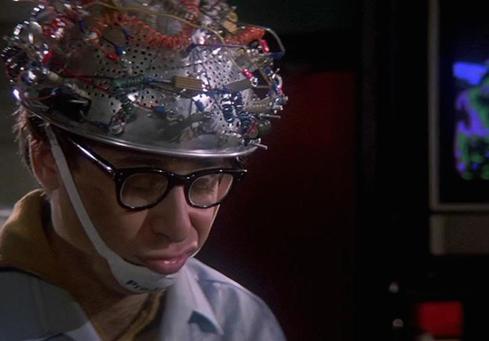Apple Watch: Useless Beauty, Brilliant EngineeringApple Watch: Useless Beauty, Brilliant Engineering
Apple's entry into the wearable market both disappoints and delights. But the Apple watch will breathe life into the entire wearable industry.

Wearable Tech: 5 Healthcare Wins
Wearable Tech: 5 Healthcare Wins (Click image for larger view and slideshow.)
After Apple CEO Tim Cook on Tuesday introduced Apple Watch, the smartwatch the company plans to ship early next year, he invited the band U2 onstage to play a song from the album Apple bought from the band and plans to give to iTunes users for free on Wednesday.
Elvis Costello, singing "All This Useless Beauty," would have been a more appropriate choice.
The Apple Watch, beautiful though it may be in comparison to other smartwatches on the market, is useless in the sense that it isn't even a stand-alone product; it's an iPhone accessory. It needs to be paired with an iPhone for GPS data and WiFi connectivity. It needs to be paired with an iPhone because otherwise it might cannibalize iPhone sales, as the iPhone has done to the iPod.
It's useless in the sense that it's largely redundant. Your iPhone can already tell time and can present a far more useable view of mobile apps. If you already have a watch, chances are it will last far longer on a battery charge than Apple's version.
Apple Watch is useless in the sense that it's a Rube Goldberg machine. It adds unnecessary layers of complication to communication and time-telling for the sake of bundling so many functions into a wrist-mounted computer. Its UI breakthrough is the scroll wheel, a concept that dates back to the beginnings of mechanical gears. Siri evidently lacks the intelligence to handle interaction without help from a knob. At least a smartphone requires only one hand to operate; the Apple Watch requires a wrist and an opposing hand.
[At least one analyst firm has a positive opinion on Apple's prospects. Read Apple To Dominate Wearables Through 2016: Forrester.]
Nonetheless, Apple Watch is a brilliant piece of engineering. While it may lack a reason for being, it appears to be a triumph of fashion and entertainment. It's likely to appeal to Apple customers, many of whom can afford the unnecessary expense of the Apple Watch. About a third of Apple's US sales last year were to Americans with income exceeding $100,000, according to research firm NPD, which put Apple's share of that segment at 65%.
"It's the most personal product we've ever made," said Cook. Really, it's the most social.
Starting at $349, Apple Watch should prove popular with well-heeled young people, a group likely to be delighted with the social interaction enabled by the product: the ability to send heartbeats to one another via the device's haptic sensor, to transmit doodles, and to reply to email via menu options or voice input rather than typed text.
Through the power of Apple's brand and marketing, Apple Watch should also spur interest in activity tracking among those who haven't warmed to the idea of counting footsteps, calories, and crunches. And the prospect of better health monitoring through healthcare industry apps could be enough to entice older customers to trade in their Timex watches.
The Apple Watch should excite businesses, which will be able to deploy pleasingly streamlined authentication and payment services that work in conjunction with the device (and iPhone 6). Companies will add value to the device over time with capabilities like paying for items using Apple Pay and boarding a plane using a Passbook boarding pass.
Expect the Apple Watch to breathe life into the entire wearable industry, which will have to innovate in areas where Apple has not or to come up with something better.
The Apple Watch isn't so much a revolutionary product as a devolutionary one: It marks the migration of technical functions into the objects and activities of everyday life. It marks an even greater emphasis on design as a differentiator. Apple Watch won't be a runaway hit like the iPhone or iPad; but it will help Apple expand the focus of the technology industry beyond mobile devices and the desktop.
In its ninth year, Interop New York (Sept. 29 to Oct. 3) is the premier event for the Northeast IT market. Strongly represented vertical industries include financial services, government, and education. Join more than 5,000 attendees to learn about IT leadership, cloud, collaboration, infrastructure, mobility, risk management and security, and SDN, as well as explore 125 exhibitors' offerings. Register with Discount Code MPIWK to save $200 off Total Access & Conference Passes.
About the Author
You May Also Like






